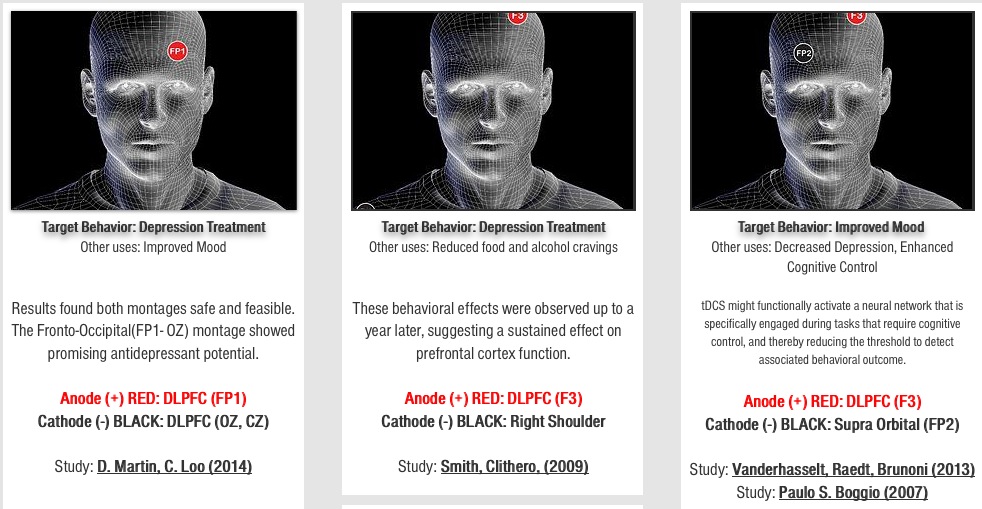Very well researched and well-balanced article from Mark Harris at The Economist.
Hardly surprising, then, that DIY brain hackers want in on the action. Christopher Zobrist, a 36-year-old entrepreneur based in Vietnam, is one of them. With little vision he has been registered as blind since birth due to an hereditary condition of his optic nerve that has no established medical treatment. Mr Zobrist read a study of a different kind of transcranial stimulation (using alternating current) that had helped some glaucoma patients in Germany recover part of their vision. Despite neither the condition nor the treatment matching his own situation, Mr Zobrist decided to try tDCS in combination with a visual training app on his tablet computer. He quickly noticed improvements in his distance vision and perception of contrast. “After six months, I can see oncoming traffic two to three times farther away than before, which is very helpful when crossing busy streets,” he says.
…
Equally troublesome is a meta-analysis of the cognitive and behavioural effects on healthy adults that Mr Horvath subsequently carried out. As before, he included only the most reliable studies: those with a sham control group and replicated by other researchers. It left 200 studies claiming to have discovered beneficial effects on over 100 activities such as problem solving, learning, mental arithmetic, working memory and motor tasks. After his meta-analysis, however, tDCS was found to have had no significant effect on any of them.
If tDCS alters neither the physiology of the brain nor how it performs, thinks Mr Horvath, then evidence suggests it is not doing anything at all. Marom Bikson, a professor of biomedical engineering at City University of New York, disagrees. “I can literally make you fall on your butt using the ‘wrong’ type of tDCS,” he says. Dr Bikson thinks the biggest challenge for tDCS is optimising techniques, such as the dose.

